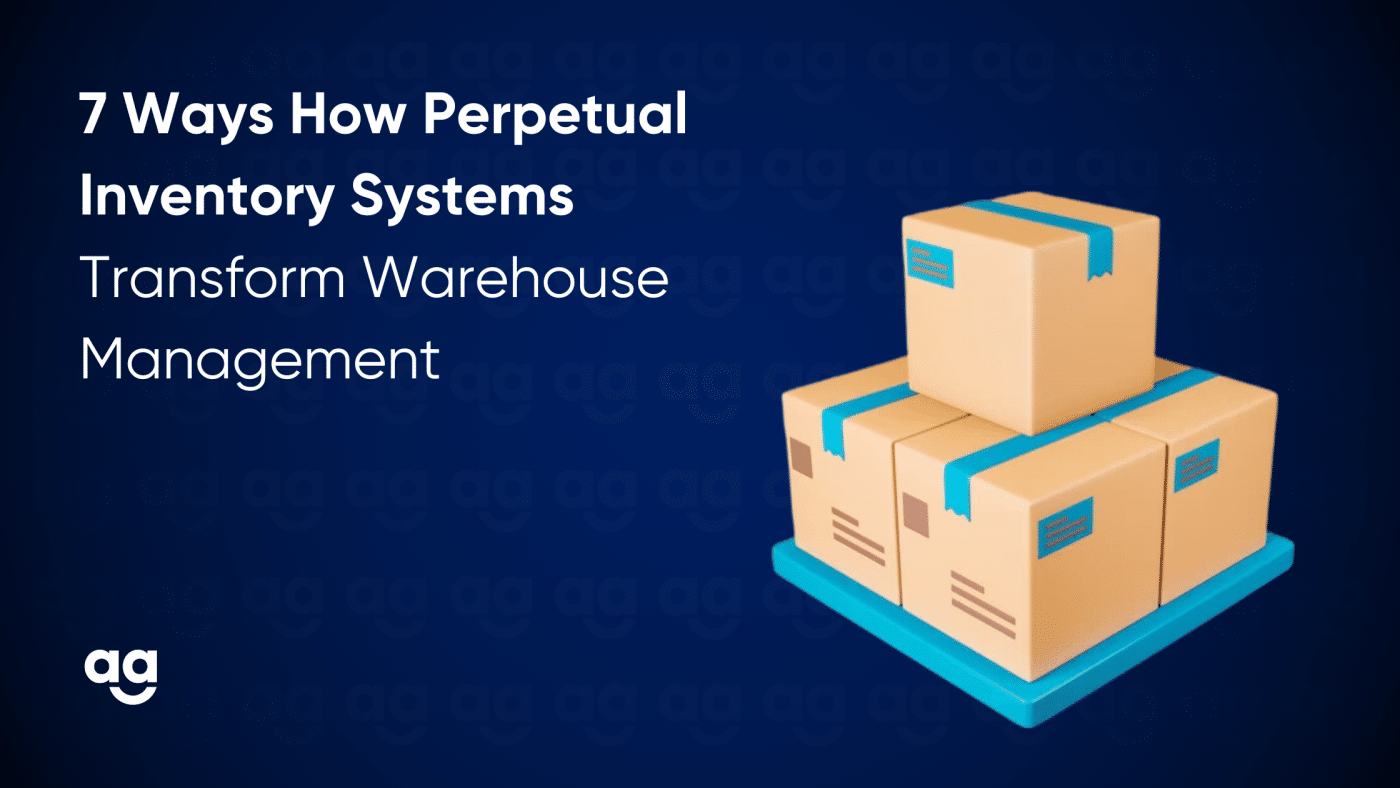Introduction
Perpetual inventory system is very useful when it comes to warehousing. It provides you real-time visibility regarding the product movements, transactions and stock levels, thus revolutionizing the way we approach warehousing processes.
This new and dynamic inventory system employs sophisticated software to continuously update the data which helps organizations maintain effective operations for warehousing. In turn, it helps them prevent stockouts and make better restocking judgements.
Lets learn more about how it can help warehousing in Detail
7 Ways How Perpetual Inventory Systems Transform Warehousing
1. Real-time visibility
One of the primary advantages of perpetual inventory systems is their capacity to provide real-time visibility into stock levels. Unlike periodic systems that depend on human counts, perpetual systems automatically update inventory levels with every transaction. This ensures that warehouse managers’ perception of their stock conditions is accurate and up to date.
2. Elimination of manual errors
The removal of human mistake is the first step towards the transformation from chaos to control. Systems for perpetual inventory that use barcode scanning and other technology lessen the possibility of data input errors made by humans. Maintaining consistency in inventory records and making sure that the actual stock matches what is entered into the system depend on this accuracy.
3. Streamlined receiving processes
Systems for perpetual inventory simplify the receiving process by instantly updating when new goods arrive. Barcode scanners enable warehouse workers to efficiently verify inbound commodities against purchase orders by logging them fast and precisely. By doing this, the receiving process is sped up and the chance of errors from human data entering is decreased.
4. Prevention of stockouts and overstock
Striking the right balance between stockouts and overstock circumstances is one of the biggest problems in warehouse management. By guaranteeing prompt replacement, perpetual inventory systems, with their real-time tracking capabilities, offer the knowledge required to prevent stockouts. They give precise demand forecasts and inventory planning at the same time, preventing overstock scenarios.
5. Enhanced accountability
When inventory management is done poorly, it frequently results in chaos. Systems for perpetual inventory improve accountability by monitoring each transaction and granting access restrictions to users. By ensuring that each team member is accountable for their actions, it enhances data integrity overall and lessens the possibility of unauthorized alterations.
6. Improved space utilization
Because warehouses have limited space, utilizing it inefficiently can lead to pandemonium. Perpetual inventory systems help to maximize available space by offering information about how things are moved and stored. Because of this, stock placement decisions made by warehouse managers are more educated, which lessens traffic and improves overall space efficiency.
7. Data based decision-making
Warehouse managers gain access to data-driven insights with perpetual inventory systems. Managers may make educated judgements about stocking levels and warehouse architecture by analyzing turnover rates, identifying patterns, and utilizing advanced data and analytics. The efficiency and control of the warehouse are improved overall by this move towards data-driven decision-making.
Conclusion
Implementing everlasting inventory solutions can help you move from chaos to control in the dynamic field of warehouse management. These solutions transform warehouse operations by eliminating manual errors, promoting accountability, streamlining procedures, and offering real-time visibility.
The end result is an orderly, effective warehouse that can adjust to shifting needs and provide excellent customer service, eventually helping the company succeed in the cutthroat market.







 Shipping
Shipping







